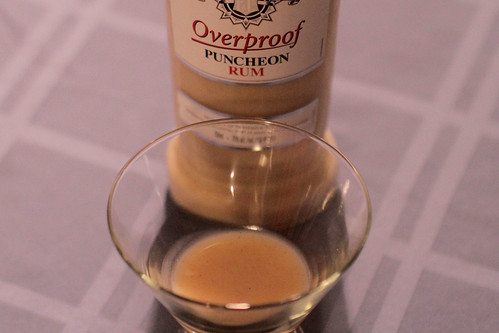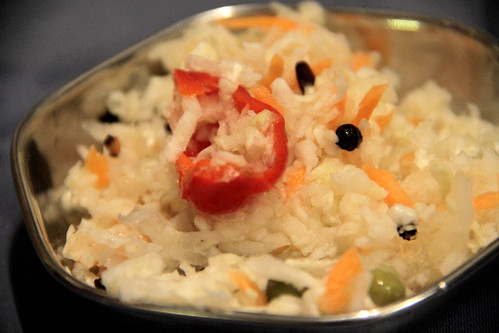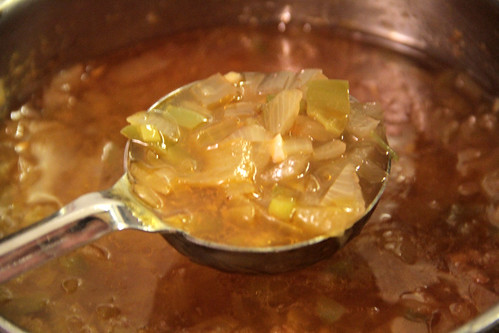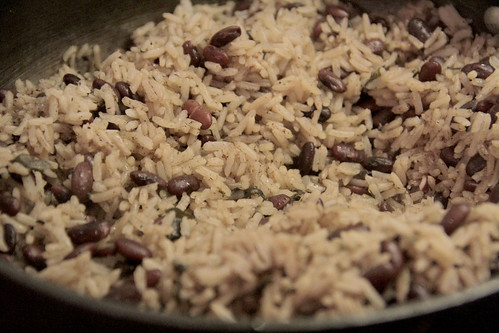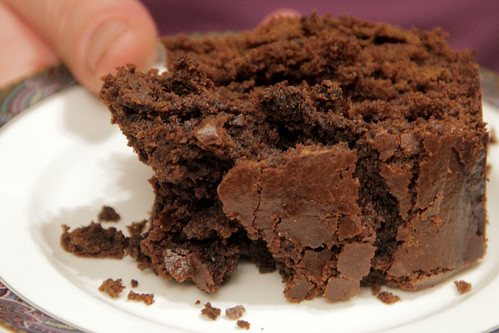As I caught myself grumbling about having to clean my two food processors and the mixer with a meat-grinder attachment, I realized how it’s unlikely I’d take on this project without the aid of electric appliances. I shudder to think of how long it would have taken to mash the hummus, emulsify the garlic sauce, and grind or chop the meat with only the power of my arms. I wouldn’t have cooked nearly as many dishes if I’d had to do that!
Lebanese food is an incredibly popular cuisine. In fact, many of these dishes are extremely common throughout the Middle East, and it’s taken a lot of restraint not to make hummus and tabbouli for just about every Arab country’s meal. I was eager to throw in some variety, to explore Lebanese dishes that aren’t as familiar to our palate, but in talking with our dear friend Kate and our new friend Melia about what their Lebanese families would cook, it kept coming back to the classics. Authenticity isn't just what you make, but how much and how it's served, so we had a whole messload of mezze, sharable platters, to create a sense of abundance and a variety of flavors. (One might argue that authenticity also involves the cooking techniques, which my Cuisinart and I acknowledge but, frankly, often ignore.)
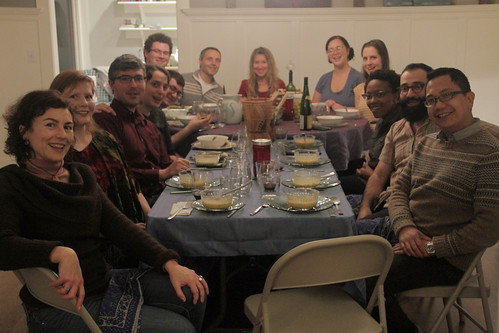
In addition to Melia, who was very generous with her time both in helping to plan the meal and also in cooking, we had her boyfriend Zef, as well as Laura, Laura (pronounced the Italian way!), Andrew, John, Alicia, Iris, Alley, Ana, Miguel, and Will.
Note: for dishes where recipes aren't linked, they were taken from a cookbook called Alice's Kitchen.
Kabees | Pickles | Recipes: turnip, mixed

From what I read on multiple sites, the annual process of preserving the summertime abundance of fruits and vegetables in Lebanon, mouneh, is a cherished tradition. Naturally, then, pickled foods are commonplace on the Lebanese table, and I tried out two different recipes.
The one I was most eager to make was for turnips, stained pink by beets in the bottom of the jar, and kept crisp because rather than boiling to sterilize, I simply moved them to the fridge once they’d sat out for about a week in their vinegar brine. Sour, slightly sweet, slightly bitter, and with a dazzling color, I’d call these a big success, a great burst of flavor and crunch to accompany just about anything except dessert.
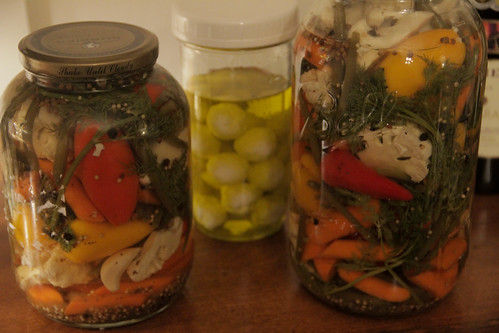
The other was a mixed quick pickle, featuring everything from cauliflower to green beans to carrots. I thought this one turned out okay, though to my taste there was too much sugar. Maybe I should have also left it on the counter to age for a few days rather than throwing it straight into the fridge.
Moutabal | Mashed eggplant dip | Recipe
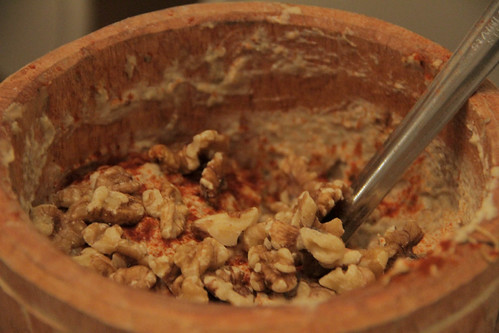
Sometimes I find connections between faraway cuisines in the funniest way. While I was planning this eggplant dip, the chunkier and less creamy cousin of baba ghannoush, it hadn’t crossed my mind that I did an eggplant dip for the previous meal, Laos. But when I looked around the kitchen for a suitable vessel for mashing up the dish and logically arrived at my oversized African mortar and pestle, I realized that I’d used the exact same vessel for making an eggplant dip a few weeks prior.
Anyway, if you can get over the fact that the scraped-out innards of roasted eggplant have the appearance and texture of alien brains, you might enjoy this one as a more rustic alternative. It’s pretty simple ingredient-wise, though it does take some time to let the juice drain out of the roasted vegetable. Skip the food processor for this one, both because you don’t want a purée, and also because if you’re cooking other Lebanese dishes, that appliance is probably being put into service for another dish too.
Hummus | Chickpea-yogurt dip | Recipe
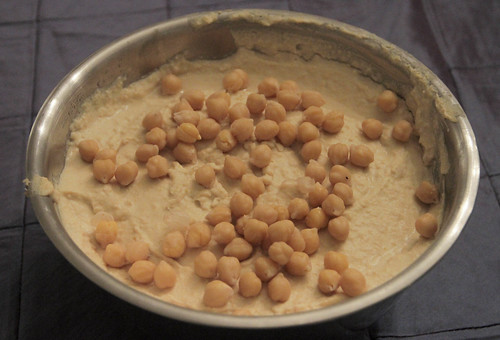
I like the Lebanese version of hummus: lower on the garlic, higher on the tahini, and a hefty dollop of yogurt to make things nice and creamy. I cooked the chickpeas from scratch, which is really very little work and just requires some advanced planning, and tastes so much better and makes an incomparably better texture, both smoother and fluffier, than if using canned. The one tweak I made to the recipe was one I learned for the Israel meal, using a bit of reserved cooking water instead of the plain warm water.
Tabbouli
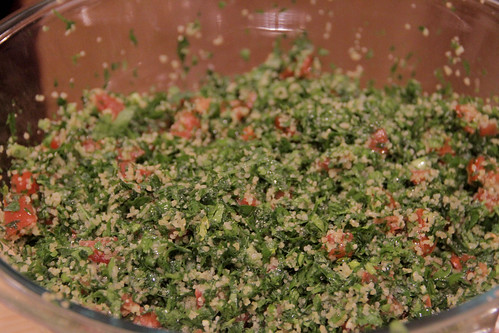
I was thinking of skipping this dish, as it’s really well known and I was trying to make a point of getting in some variety, but then I read that Lebanon takes its National Tabbouli Day really seriously, and Melia shared her family’s handwritten recipe.

A true Lebanese tabbouli should be mostly parsley, with just enough fine fine burghul wheat to hold things together, flecks of tomato for color and contrast, and oil and lemon to make it sing. A lovely, fresh contrast to all that dairy. Thanks to John for all that chopping!
Lebneh | Thickened yogurt | Recipe
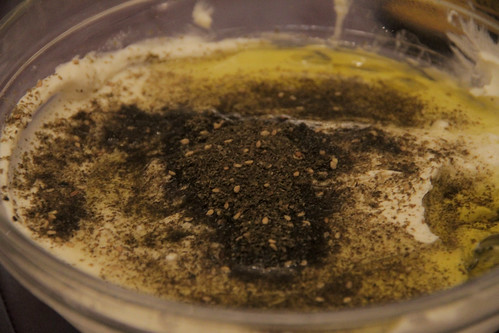
Lebneh, the simple yet incredibly addictive strained yogurt, came so close to taking off in the US. For a good while, Trader Joe’s stocked it, but unfortunately they gave it the unromantic name of “yogurt cheese.” With a name that makes it sound more like a health food than an the exotic, versatile food-with-a-story that it is, TJ’s dropped it a few years back in favor of the Greek yogurt craze that swept the nation like a very thick, stick-to-the-roof-of-your-mouth wave.
Fortunately, lebneh is easy to make, but yet again takes some foresight: just take some thicker yogurt (Nancy’s works great, a pourable Bulgarian won’t) and strain it in cheesecloth. How long to strain is a matter of how you plan to use it: 2-8 hours to make a dip of varying thickness, or 24+ hours if you’re going to make intense, oil-preserved balls with a distinctive cheesy heft. I made both!

The dip, anointed with a pool of olive oil and a generous shower of za’atar spice blend, is just heavenly, simply scooped up with pita. Or use it as a spread in your sandwich. The balls were really thick, dry and dense enough that you could pick it up with your fingers — and remember, it’s nothing more than strained yogurt! — and hence would make for a great piece on a finger-food platter.
Toum | Garlic sauce | Recipe
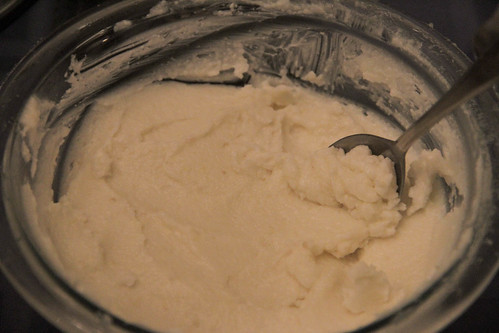
If you’ve gotten kebab at a Middle Eastern restaurant, chances are it was accompanied by a pungent, unctuous snow-white sauce. It’s toum, a very close relative of mayonnaise, except instead of eggs, it’s garlic that holds oil and garlic in spreadable, well-blended suspension. So long as you’ve got a food processor, the hardest part of making this versatile, long-storing condiment is peeling all those cloves of garlic! I ended up making this with about 2/3 less oil than called for, so it was extremely strong, but still had the right texture.
Man’oushe | Za'atar flatbread | Recipe

Most spices you use a little pinch here, a dab there. Za’atar is best as a healthy dousing. This blend of thyme, sumac (a tart dried berry, apparently) and sesame seeds has a musty flavor and a fun little grit in the mouth that’s somehow excellent in large doses. There’s so many uses for it, but the most reverent presentation is mixed with olive oil as the sole topping for a flatbread.
I thought this recipe turned out great. It was quite sticky as warned, but as I kneaded and rolled, little dustings of flour helped keep everything from gluing to my work surface. I got a pizza stone and my big cast iron griddle really hot in the oven, and by gum, these things turned out just beautifully: a lightly browned crust, and a soft, dry, mild, toothsome interior providing just the right contrast to the oily, gritty, and bold topping.
Pita | Recipe
I’m glad this wasn't the only bread I made, because I wasn’t too happy with these. Despite the evident care that went into a technique for using foil to get the right puffiness and avoid crisping, in the end my pita were, well, crispy and flat. It probably has something to do with the fact that a home oven just can’t achieve the blistering heat and correct humidity to make a bread that cooks almost instantly and puffs up before it can brown to make that lusciously soft, big pita like you get at a Lebanese restaurant. What I made wasn’t bad, it was just more cracker-like than a pita ought to be.
Kibbeh bil sanieh | Bulgur meat casserole | Recipe
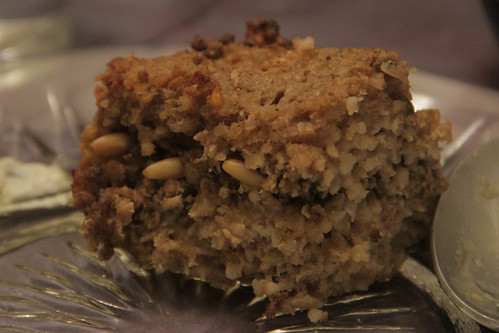
The classic kibbeh is a torpedo-shaped ball of bulgur wheat stuffed with meat and typically fried, though many variations abound. For our Iraq meal we make a kibbeh with a shell of rice; you can also stuff it with squash, or serve it raw similar to a tartare, or, as we did, make a casserole. I chose this variation for two reasons: I’ve never had it before, and it’s way easier to bake and keep warm than batches of fried balls.
Good thing I have a meat grinder attachment for my Kitchenaid, because the beef needed to be ground several times to be super fine. Some of that beef was then ground up further in the Cuisinart, with the soaked bulgur. That’s right, both the filling and the “crust” have meat in them! If you don’t have a grinder, make sure to go to a butcher who can do the extra grinding for you. It makes an important difference in the texture.
I thought this was really tasty, though if I do this dish again I’ll be a little more generous with the spices — this one was light and delicate, but if there’s spices in my meat, I prefer them to be bold!
Warak inab | Stuffed chard leaves
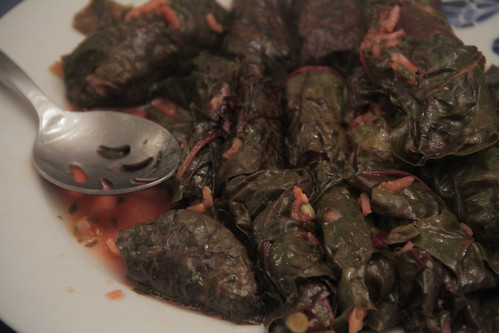
Surely you’ve heard of stuffed grape leaves, a bundle of green filled with rice, herbs, etc. But what do you do when it’s winter and the vines are bare? Well, you can either use leaves that you pickled or froze, but like an idiot, I didn’t do that even though we have a great grape vine in our new back yard. (Yes, I could buy them, but what’s the fun in that?) Or, you can substitute with a more seasonable vegetable, like chard.
What a pleasant surprise! Earthy, bitter chard, slightly toothy even after a long simmer, balances the soft, bright, lemony filling so well. Give it a shot, just prepare for it to take longer than the recipe suggests.
Shourbat adas | Lentil soup
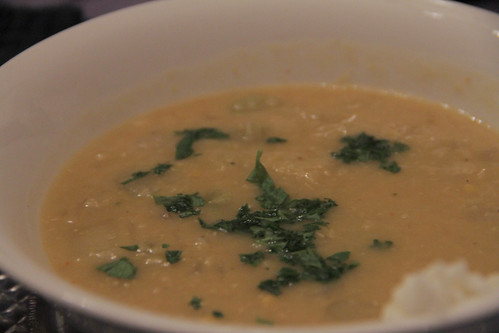
This was nice enough, and easy to make, but didn’t quite have the sort of rich, satisfying flavor I’ve enjoyed in some lentil soups I’ve had before. Maybe it’s that it’s a vegetarian recipe, or maybe it doesn’t have enough spice (definitely could have used more cumin). Not bad, but you can probably find a better recipe somewhere. Note the dollop of garlic sauce in the foreground — that sure helped!
Sfouf | Turmeric-anise yellow cake | Recipe

How exotic and beautiful, right? Spices we rarely encounter in dessert, with rich ingredients. and a fanciful name to boot. Well, sorry to say, this was a dense, bland disappointment. More sugar and spices would have helped, but I’d also look for a recipe with a bit more leavening. Unless this is just how it’s supposed to be, and I just wasn’t in the right mainframe or something.
Muhallabieh | Rosewater pudding
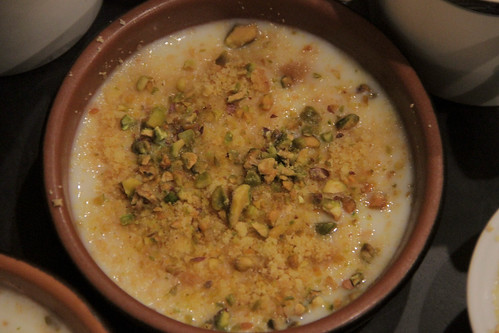
Now this was a winner in my book. I love the exotic fragrance of orange blossom and rose waters, and just a little goes a long way on a bright-white canvas of milk simply thickened with cornstarch. It’s super easy to make, so long as you do it enough ahead of time to let it cool, and you don’t need much per person since just a little dish is quite satisfying.
Arak | Anise liqueur

If you like ouzo, sambuca, raki, pastis, or any of those other anise liqueurs, you might like arak. If not, you won't. Incidentally, we've got about 3/4 of a bottle of arak on hand in case anyone wants some.
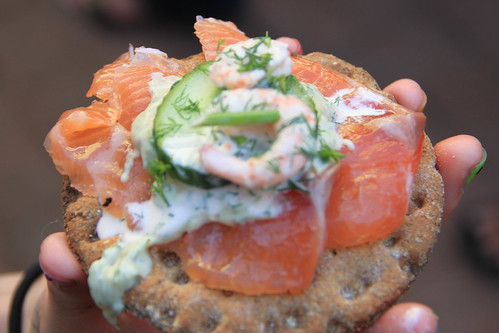

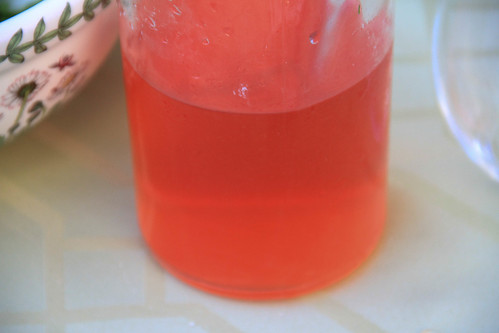
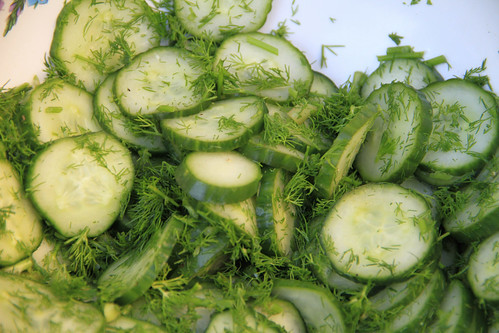
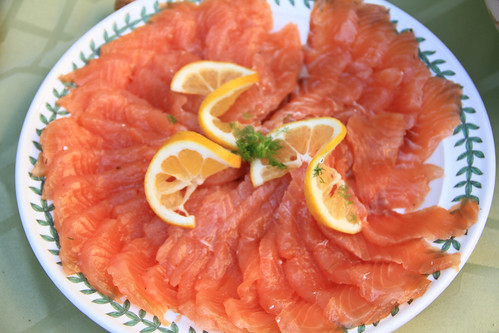
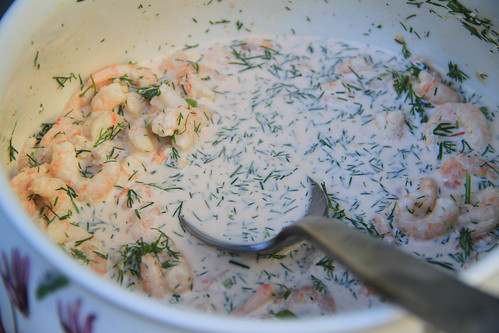
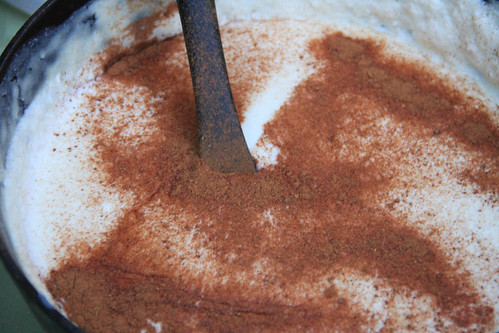
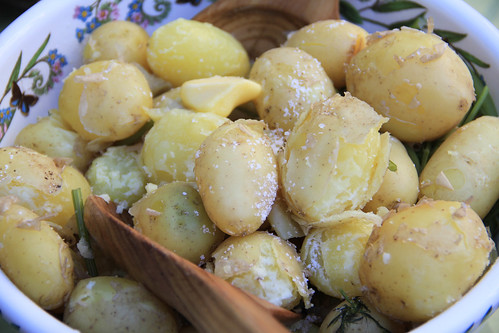
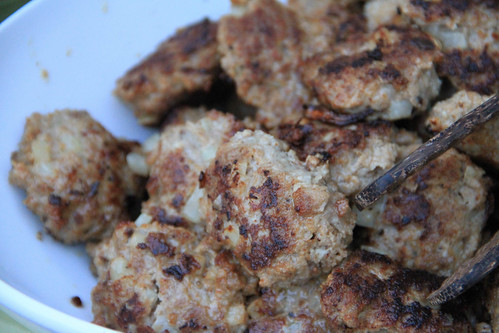




















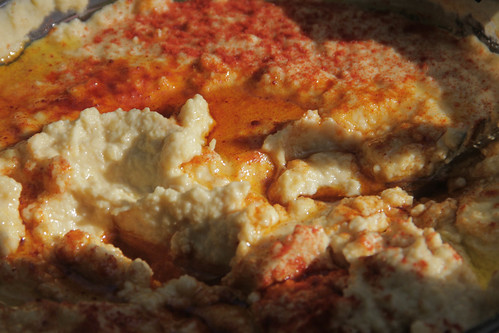
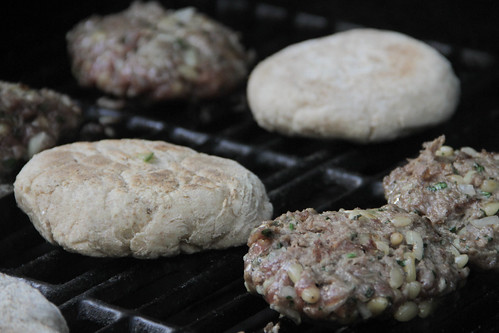
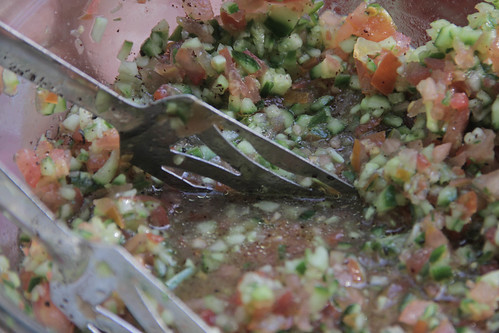
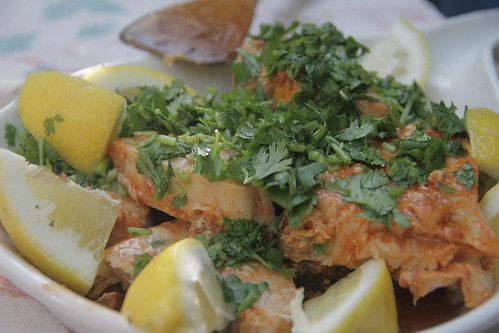
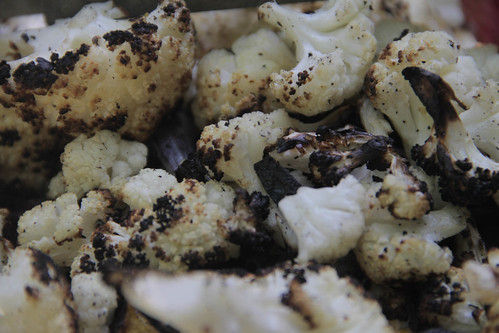
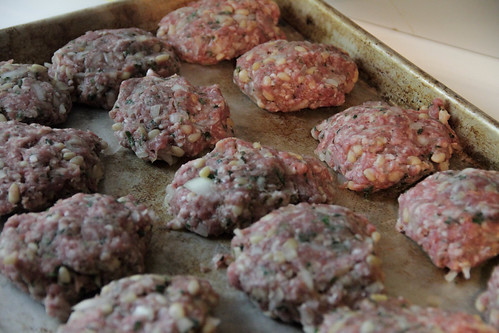
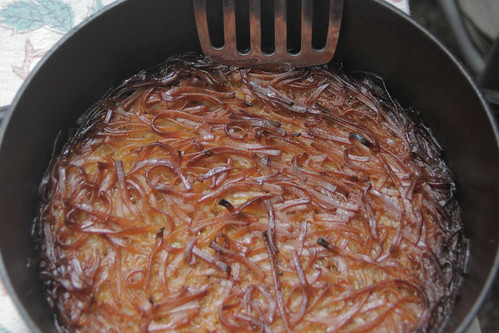




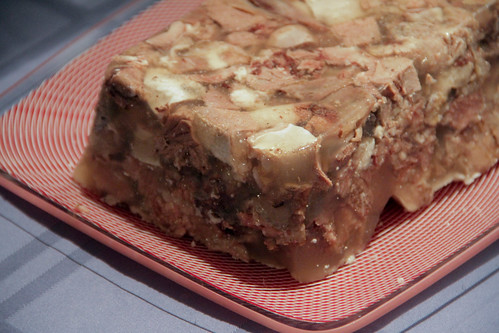
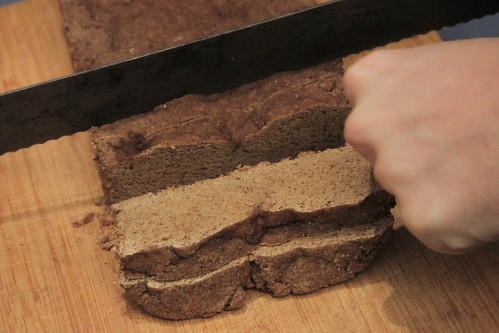
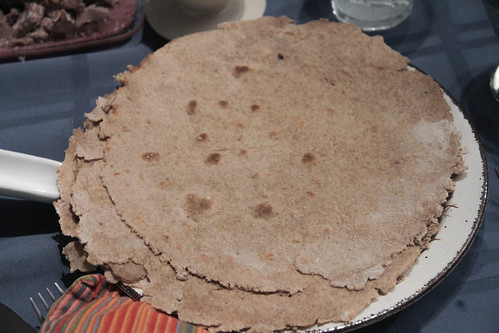

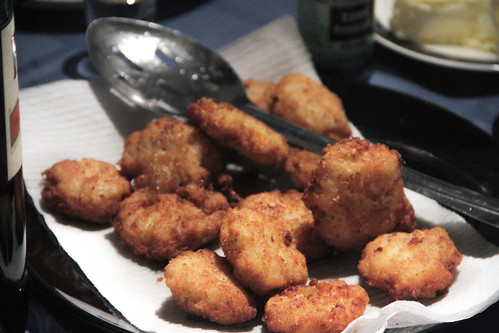

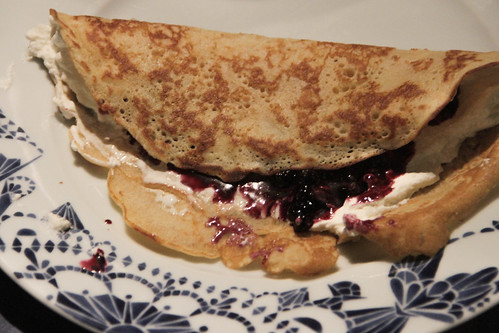
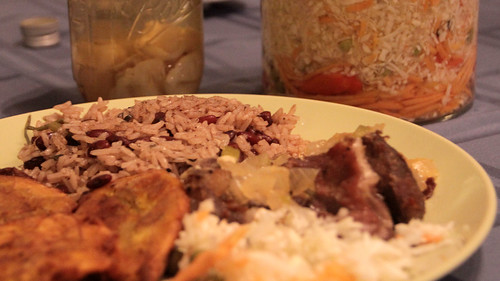 Have you ever pondered what would have happened if something went differently at a given point in history? Compared with the rest of the Western Hemisphere, Haiti is sort of a real-life example of contrarian history. The crux is a slave revolt against French colonial masters that, incredibly, led to independence in 1804. The slave system was ruthless and required a constant influx of slaves, which had the silver-lining consequence of a strong syncretic culture quickly developing that combined French and West African influences — ranging from language (Kreyol is mostly French vocabulary but has strong West African grammatical influence) to cuisine to religion.
Have you ever pondered what would have happened if something went differently at a given point in history? Compared with the rest of the Western Hemisphere, Haiti is sort of a real-life example of contrarian history. The crux is a slave revolt against French colonial masters that, incredibly, led to independence in 1804. The slave system was ruthless and required a constant influx of slaves, which had the silver-lining consequence of a strong syncretic culture quickly developing that combined French and West African influences — ranging from language (Kreyol is mostly French vocabulary but has strong West African grammatical influence) to cuisine to religion.

